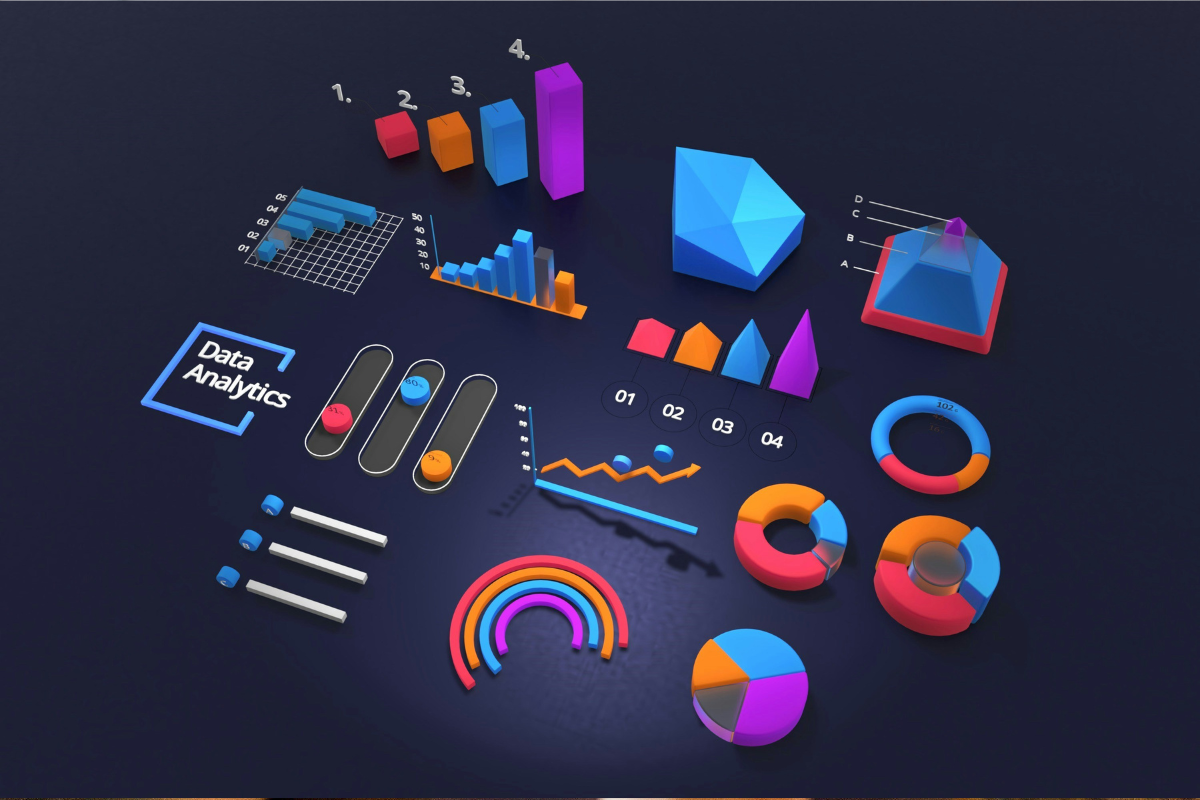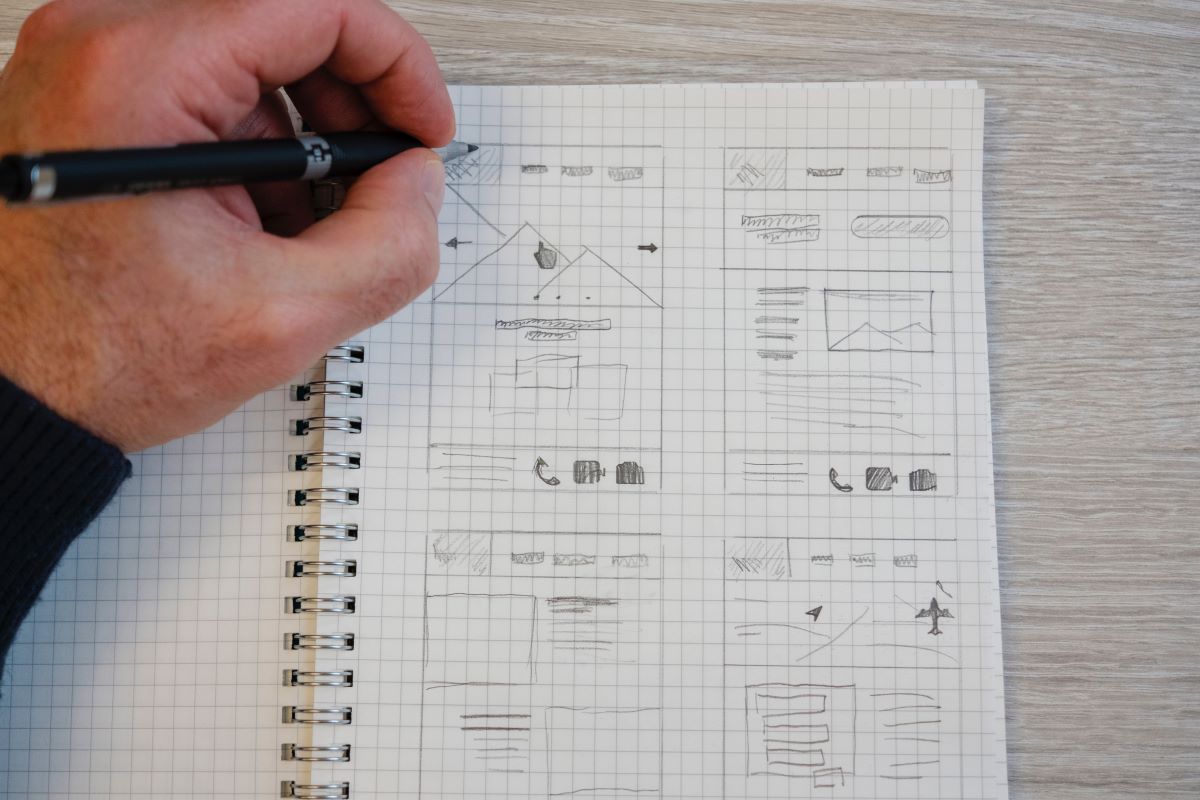The Role of UX in Reducing Churn for B2B SaaS Products
In the competitive landscape of B2B SaaS, customer retention is paramount. Churn, or the rate at which customers stop using a product, directly impacts a company's growth potential and revenue. For many B2B SaaS providers, addressing churn is a top priority, as acquiring new customers is often more costly than retaining existing ones. One of the most effective ways to minimize churn is through optimizing user experience (UX).
Investing in UX not only enhances customer satisfaction but also plays a critical role in the entire customer journey. By focusing on a seamless, intuitive, and enjoyable experience, B2B SaaS companies can ensure that their products become an integral part of the user’s daily routine. This blog will discuss five ways UX can help reduce churn for B2B SaaS products, illustrating how a well-designed experience translates into improved customer loyalty.
1. Onboarding that Engages and Educates
An effective onboarding experience is the foundation for reducing churn, as it sets the stage for long-term product engagement. When new users sign up for a B2B SaaS product, they often face a learning curve. A UX-focused onboarding process ensures users quickly understand the core features and value propositions of the product, making the initial experience smooth and informative.
Onboarding should not overwhelm users with complex features right away. Instead, by presenting a streamlined, step-by-step guide and incorporating interactive tutorials, users can feel more comfortable and capable. An intuitive onboarding process not only boosts initial engagement but also fosters a sense of accomplishment, as users are able to achieve their goals faster. This positive experience is crucial for building a long-term relationship with the product and keeping churn rates low.
2. Personalized User Journeys
B2B SaaS products serve a diverse audience, often with users from different roles, industries, and experience levels. A one-size-fits-all approach to UX design can lead to frustration and disengagement. Personalizing user journeys based on customer needs, preferences, and past behaviors can significantly enhance the user experience, making each interaction feel relevant and valuable.
By leveraging data analytics and user feedback, UX teams can create targeted experiences that cater to specific user groups. For example, an account manager may need quick access to reporting tools, while a marketing professional might prioritize campaign management features. A personalized UX tailors the product to meet these unique needs, which can improve satisfaction, increase usage frequency, and ultimately reduce churn.
3. Streamlined Workflows for Enhanced Productivity
In the B2B SaaS realm, customers are often using products to streamline their work processes, increase productivity, and achieve measurable outcomes. If a product’s interface is cluttered or if workflows are cumbersome, users may become frustrated and look for alternative solutions. A UX that prioritizes efficiency and simplicity can transform complex tasks into easy-to-navigate workflows, ensuring that users can achieve their goals with minimal friction.
Consider the role of task automation and customizable dashboards as part of a streamlined UX. These features help users quickly access the tools they need, enhancing productivity. By focusing on simplifying workflows and reducing unnecessary steps, UX design can prevent users from feeling overwhelmed, thus encouraging regular product usage and decreasing the likelihood of churn.
4. Proactive Customer Support and Feedback Channels
Even the best-designed UX can't anticipate every challenge a user might face. When issues arise, offering accessible, proactive customer support becomes a critical component of a user-centric experience. A well-integrated support system, with in-app messaging, help centers, and feedback channels, allows users to easily seek assistance and share their experiences. This approach demonstrates to users that the company values their success and is committed to resolving issues swiftly.
Feedback channels also offer an invaluable opportunity for product teams to gather insights directly from users. By making it easy for users to provide feedback, companies can continually improve their product based on real-world usage data. This feedback loop not only improves the product but also builds trust, showing customers that their voices are heard and valued. Engaged users are less likely to churn, as they feel that they are part of the product’s ongoing development.
5. Continuous Product Improvement and Updates
In the fast-paced world of B2B SaaS, products must evolve to meet the changing needs of users and to stay competitive. Regular updates and improvements signal to customers that the product is actively maintained and enhanced. A UX design that communicates these updates effectively can reassure users and keep them engaged. This approach is especially important for long-term retention, as customers feel they are consistently benefiting from the latest features and improvements.
Transparency is key when rolling out new features or updates. By keeping users informed of what has changed and how these updates benefit them, companies can maintain trust and demonstrate value. Additionally, product updates should be driven by user feedback, addressing pain points and requests that have been shared by customers. This level of responsiveness helps to build customer loyalty and reduce churn, as users feel they are using a dynamic and responsive tool that grows with their needs.
Upskill Your Team in UX Design with WorkForce Institute
As the demand for superior UX continues to grow, the need for skilled professionals in the field has never been greater. For industry leaders looking to upskill or reskill their workforce, WorkForce Institute offers an accelerated UI/UX bootcamp that provides training in the latest design best practices. By investing in UX-focused training, B2B SaaS companies can ensure their products not only meet but exceed customer expectations, driving engagement and reducing churn. Explore WorkForce Institute's UI/UX bootcamp to enhance your team's skills in creating user-centered, innovative experiences.


